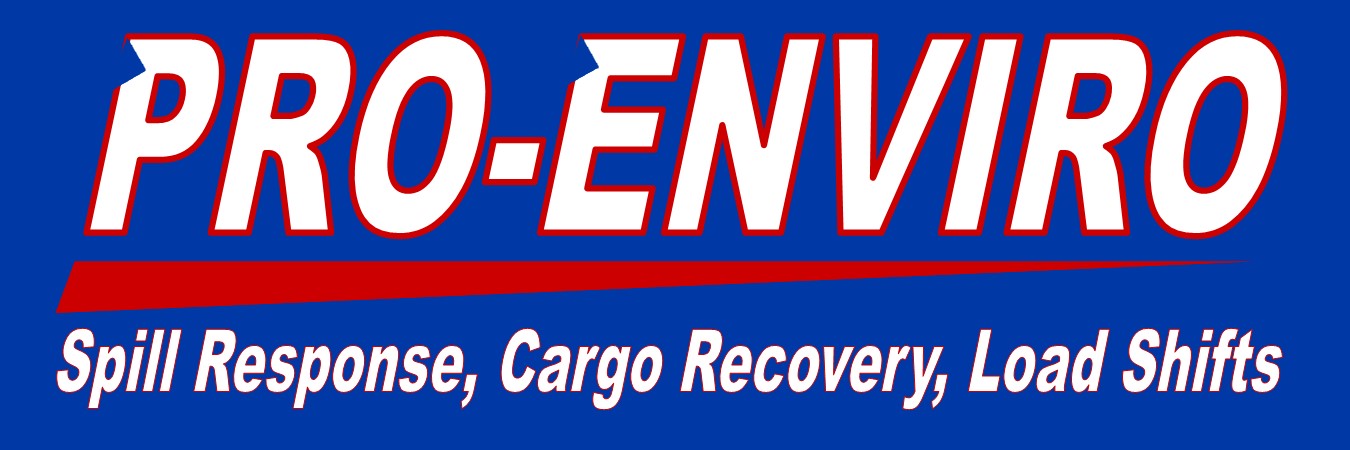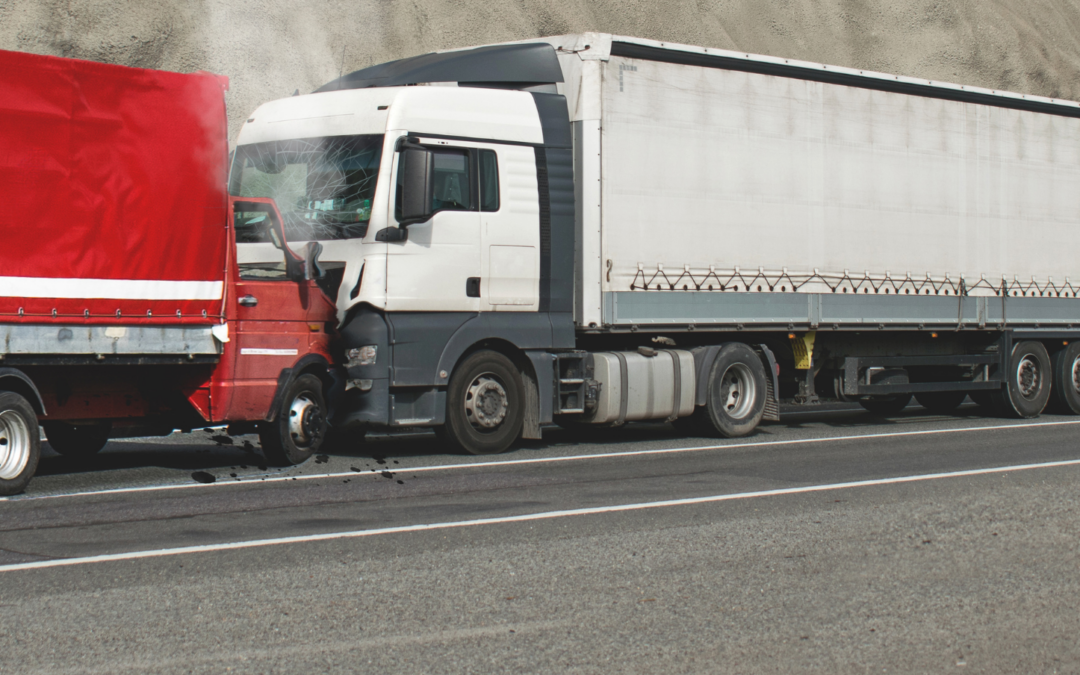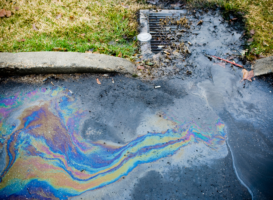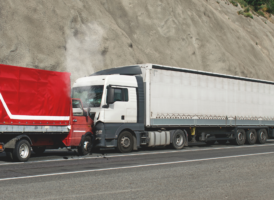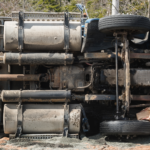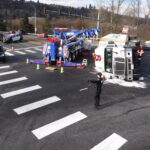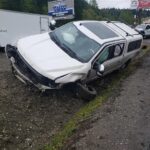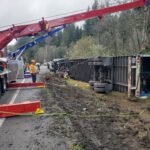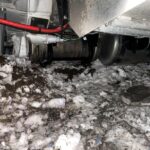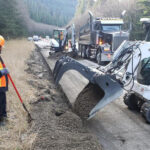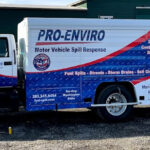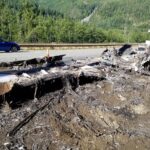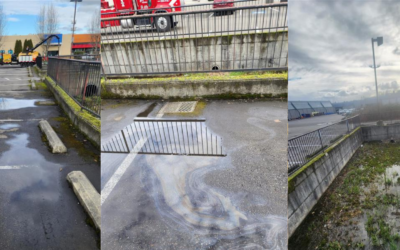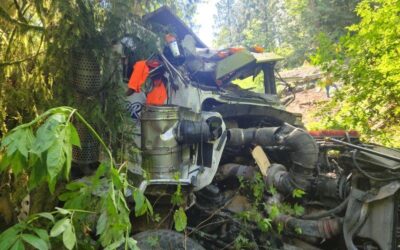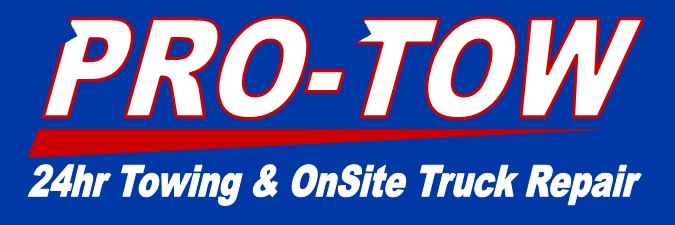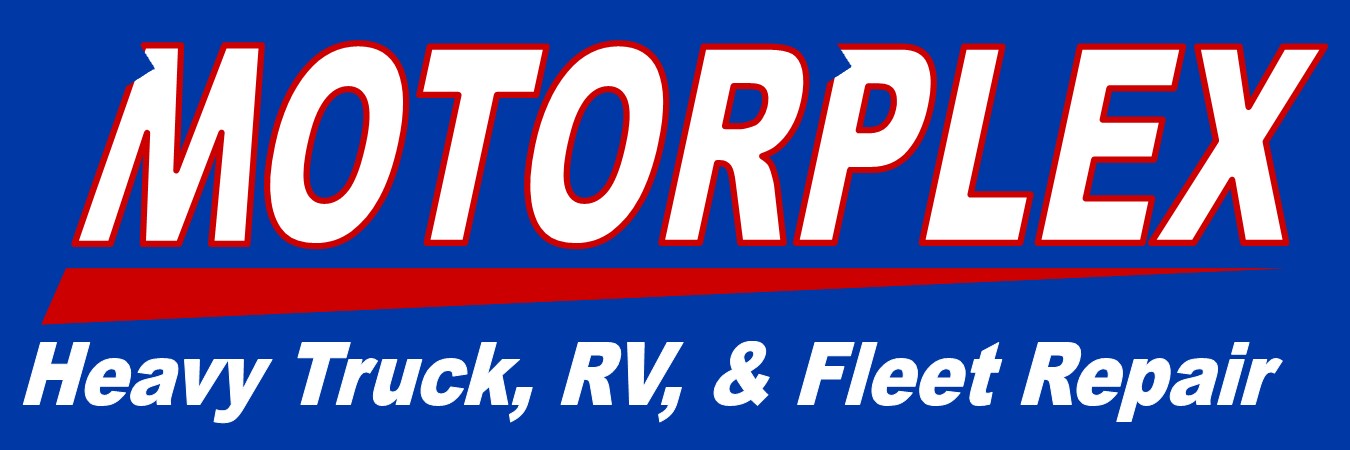Accidents happen, and quick action is critical when they involve hazardous materials like fuel or oil. As a truck driver, if you’re ever involved in a spill, it’s important to respond safely and efficiently until help arrives.
Team Pro-Enviro specializes in cleaning up hazardous spills, especially those caused by semi-truck accidents. While we’re on the way, here are some things drivers can do to contain and minimize the damage from a spill.
Assess the Spill
The first thing to do is assess the scene and ensure it is safe. For example, if there is a risk of fire, explosion, vapors from hazardous materials, etc., do not attempt to contain the spill. In these instances, move away from the accident and wait for first responders and emergency spill response services to arrive.
If it is safe to do so, assess the spill. Look for visible signs of hazardous liquids on the ground, such as fuel or oil. Check the containers for any labels or markings indicating what’s spilled. This helps you understand the type of material and its risks. If the material is flammable or toxic, stay alert for fumes or vapors in the air.
Be aware of any runoff, and look for storm drains that the spill might impact. Knowing the full scope of the spill cleanup will ensure you do your best to minimize damage while waiting for a professional emergency spill response team.
Contain the Spill
Once you’ve assessed the spill and it is safe to do so, your next goal is to stop it from spreading. If the spill comes from a container, seal it or patch it up to reduce the flow. Use barriers like sandbags or absorbents to prevent the spill from spreading to water sources or nearby areas. For example, absorbent pads can help contain the spill until professional emergency spill responders arrive.
Have a Spill Kit on Board
Every truck driver needs a well-stocked spill kit. Your kit should include absorbent pads, granular absorbents, gloves, and containment tools like dikes or sandbags. These tools will help you respond quickly to a spill cleanup, making the situation easier to manage. Using absorbents and other spill containment tools buys you valuable time and helps minimize damage until a professional team can take over.
Certifications and Training
In Washington state, truck drivers transporting hazardous materials need certifications to handle spills properly. These could include:
- HAZMAT Endorsement: This allows you to transport hazardous materials and teaches proper spill response.
- HMR Certification: Hazardous Materials Regulations certification ensures you understand the rules for shipping, handling, and responding to spills of hazardous materials.
- Spill Response Training: While not required, spill response training is valuable for learning safe and effective cleanup methods. It can help drivers contain and prevent the damaging and expensive spread of spilled hazardous materials like oil and fuel.
Team Pro-Enviro for Professional Spill Cleanup
While you can handle spill containment temporarily, Pro-Enviro’s team is crucial for a complete spill cleanup. Their experts specialize in fuel and oil spill recovery, using the right equipment to restore the area quickly and safely. In addition, our teams have the proper training, certification, and hazardous material disposal methods to ensure they are done right and compliant with legislation.
Learn more about spill kits for truck drivers.
